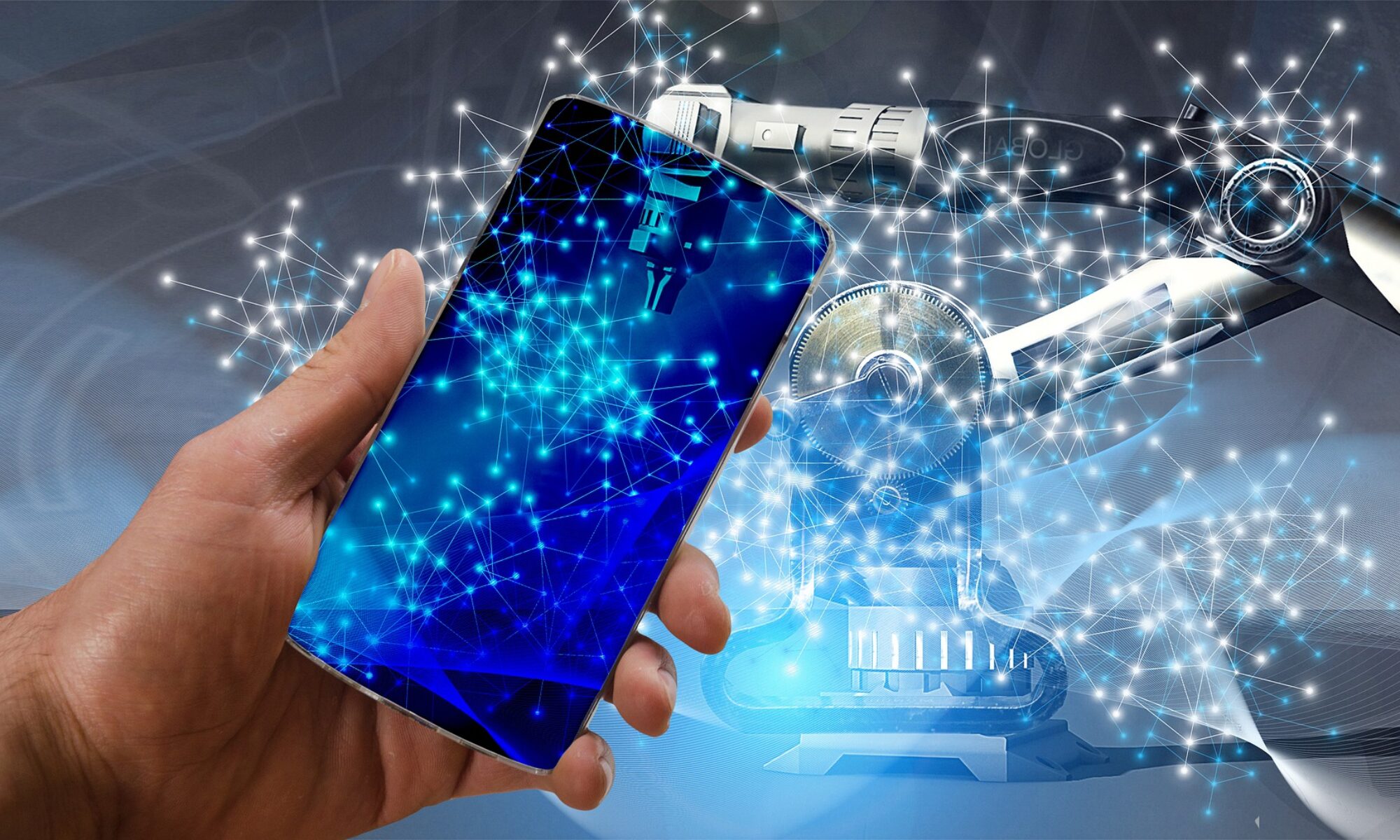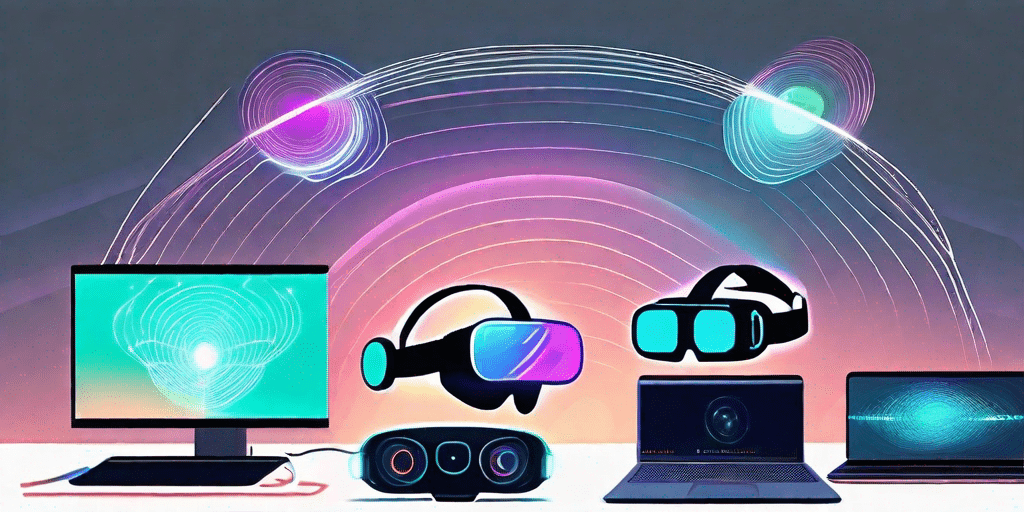Virtual reality, augmented reality, and mixed reality are all part of the fascinating world of immersive technology. These technologies have gained significant popularity in recent years, transforming the way we interact with digital content and experience the world around us. In this article, we will explore the differences between virtual reality, augmented reality, and mixed reality, as well as delve into the captivating possibilities they offer.
What is the Difference Between Virtual, Augmented, and Mixed Reality?
Virtual reality (VR) creates a simulated environment that completely replaces the real world. Through the use of specialized headsets, users are transported to a virtual realm, immersing themselves in a computer-generated experience. This can range from exploring imaginary worlds to engaging in interactive simulations.
Imagine putting on a VR headset and suddenly finding yourself standing on the edge of a towering mountain peak. The wind rustles through your hair, and you can feel the coolness of the air against your skin. As you look down, your heart races, as if you’re really standing at the precipice. This is the power of virtual reality – it can transport you to places you’ve never been and make you feel as if you’re truly there.
On the other hand, augmented reality (AR) overlays digital information onto the real world. By using smartphones, tablets, or AR glasses, users can enhance their surroundings with virtual objects and interactive elements. AR bridges the gap between the virtual and physical, allowing for a more immersive interaction with the real world.
Imagine walking down a busy city street, and as you look through your AR glasses, you see helpful arrows guiding you to your destination. You can also see virtual advertisements floating in the air, seamlessly integrated into the physical environment. With a simple gesture, you can interact with these virtual objects, changing their appearance or even playing games with them. Augmented reality enhances our perception of reality, adding a layer of digital information that enhances our daily lives.
Mixed reality (MR) takes AR a step further by seamlessly integrating virtual content into the real world. With MR, users can interact with virtual objects as if they were part of their physical environment. This technology combines physical and virtual elements, creating an interactive and engaging experience that blurs the line between real and imaginary.
Imagine sitting at your desk, and as you put on your MR headset, your surroundings transform. Suddenly, your desk is covered in virtual screens, displaying all the information you need for work. You can manipulate these virtual screens with your hands, resizing and rearranging them to suit your needs. As you look out the window, you see virtual characters walking on the street below, going about their daily lives. Mixed reality allows for a seamless integration of the virtual and physical, creating a truly immersive and interactive experience.
Virtual, augmented, and mixed reality each offer unique experiences and have their own applications. Whether it’s exploring new worlds in virtual reality, enhancing our daily lives with augmented reality, or seamlessly integrating virtual content into our physical environment with mixed reality, these technologies are shaping the way we interact with the digital and physical worlds.
Examining How Virtual Reality Enhances Experiences
Virtual reality has the unique ability to transport users to new and exciting places, enabling experiences that were previously beyond reach. Whether it’s exploring ancient civilizations, standing atop majestic mountains, or even delving into the depths of the ocean, VR opens up a world of possibilities.
Imagine being able to step back in time and walk through the bustling streets of ancient Rome, witnessing the grandeur of the Colosseum and the majesty of the Roman Forum. With virtual reality, this becomes a reality. Users can immerse themselves in historically accurate recreations, interacting with virtual characters and objects, and gaining a deeper understanding of the past.
Not only does virtual reality offer the opportunity to explore distant lands, but it also provides a captivating way to learn and educate. Imagine students being able to step inside historical events, witnessing scientific phenomena up close, or even practicing complex procedures in a risk-free environment. VR immerses users in interactive educational content, making learning engaging and memorable.
For example, in a virtual reality biology class, students can shrink themselves down to the size of a cell and explore the intricate inner workings of the human body. They can witness the complex processes of cell division, interact with different organelles, and gain a deeper understanding of biology in a way that textbooks simply cannot replicate.
Furthermore, virtual reality has immense potential in entertainment and storytelling. With VR headsets, users can become fully immersed in the worlds of their favorite movies, video games, and experiences. From heart-pounding adventures to serene meditative escapes, VR offers a whole new level of entertainment and escapism.
Imagine stepping into the shoes of a character in a thrilling action movie, dodging bullets, and engaging in intense combat. Or imagine exploring a fantastical virtual world, filled with mythical creatures and breathtaking landscapes. Virtual reality allows users to not just passively watch a story unfold, but to actively participate and become part of the narrative.
Moreover, virtual reality can also be a powerful tool for therapy and rehabilitation. By creating virtual environments that simulate real-life scenarios, VR can help individuals overcome phobias, manage pain, and improve motor skills. For example, patients with a fear of heights can gradually expose themselves to virtual heights in a safe and controlled environment, allowing them to gradually overcome their fear.
In conclusion, virtual reality has the potential to revolutionize the way we experience the world. From education to entertainment, from therapy to exploration, VR offers endless possibilities. As technology continues to advance, we can only imagine the incredible experiences that virtual reality will bring in the future.
Unveiling the Possibilities of Augmented Reality
Augmented reality has the power to transform the way we shop, learn, work, and play. Imagine being able to try on clothes without ever stepping foot in a dressing room or visualizing furniture in your home before making a purchase. AR enhances our day-to-day activities, making them more interactive and personalized.
In the field of education, augmented reality offers exciting opportunities. Students can use AR to bring textbooks to life, overlaying additional information, videos, and interactive elements onto the pages. Concepts that were once abstract become tangible and accessible, fostering a deeper understanding of the subject matter.
For example, imagine studying biology and being able to use AR to explore the human body in three dimensions. With a simple scan of a textbook page, students can see the organs, muscles, and bones come to life, rotating them, zooming in, and interacting with them. This hands-on experience not only engages students but also helps them grasp complex anatomical structures more effectively.
Moreover, augmented reality can revolutionize the way history is taught. Instead of relying solely on static images and written descriptions, students can use AR to transport themselves to historical events. They can witness the signing of the Declaration of Independence or experience the grandeur of ancient civilizations, all from the comfort of their classroom. This immersive learning experience sparks curiosity and encourages a deeper connection with the past.
Augmented reality also has practical applications in industries such as healthcare, manufacturing, and architecture. By overlaying digital information onto the physical environment, professionals can access real-time data, visualize complex models, and optimize workflows. AR enhances productivity and efficiency, revolutionizing the way we work.
In the healthcare sector, AR can assist surgeons during complex procedures. By wearing AR glasses, surgeons can have vital patient information, such as medical history and real-time vital signs, displayed in their field of view. This hands-free access to critical data allows surgeons to focus on the task at hand, improving patient outcomes.
Furthermore, augmented reality can streamline manufacturing processes. By overlaying digital instructions onto physical machinery, workers can easily follow step-by-step guides, reducing errors and increasing efficiency. AR also enables remote collaboration, allowing experts to provide real-time guidance to workers in different locations, minimizing downtime and maximizing productivity.
Architects and designers can also benefit from augmented reality. By using AR, they can visualize their designs in real-world settings, allowing them to make informed decisions about materials, lighting, and spatial relationships. This technology enables architects to communicate their vision more effectively to clients, resulting in better-designed spaces and improved client satisfaction.
In conclusion, augmented reality holds immense potential in various aspects of our lives. From transforming education and revolutionizing industries to enhancing our day-to-day activities, AR is reshaping the way we interact with the world. As technology continues to advance, the possibilities of augmented reality are only limited by our imagination.
Exploring the Benefits of Mixed Reality
Mixed reality provides a compelling blend of the physical and virtual worlds, offering unique opportunities for productivity, collaboration, and immersive experiences. By integrating virtual objects into real-world surroundings, MR opens up new avenues for creativity and innovation.
In the workplace, mixed reality enables remote collaboration, allowing team members to interact and work together as if they were in the same physical location. This technology facilitates real-time collaboration, increases productivity, and eliminates geographical barriers.
Moreover, mixed reality has the potential to revolutionize industries such as engineering, architecture, and design. By overlaying digital models onto physical spaces, professionals can visualize projects and make informed decisions before construction begins. This reduces costs, enhances design accuracy, and streamlines the overall development process.
Furthermore, MR introduces new possibilities for gaming and entertainment. Gamers can explore virtual worlds that seamlessly interact with their physical surroundings, creating a truly immersive and interactive experience. Mixed reality injects excitement and interactivity into entertainment, captivating audiences like never before.
In conclusion, virtual reality, augmented reality, and mixed reality offer distinct experiences and possibilities. Each technology has its unique advantages and applications across various industries. As these technologies continue to evolve and become more accessible, the reality continuum promises to reshape our perception of the world and redefine how we interact with digital content. So, step into the immersive realm and embark on an extraordinary journey through the dimensions of virtual, augmented, and mixed reality!

